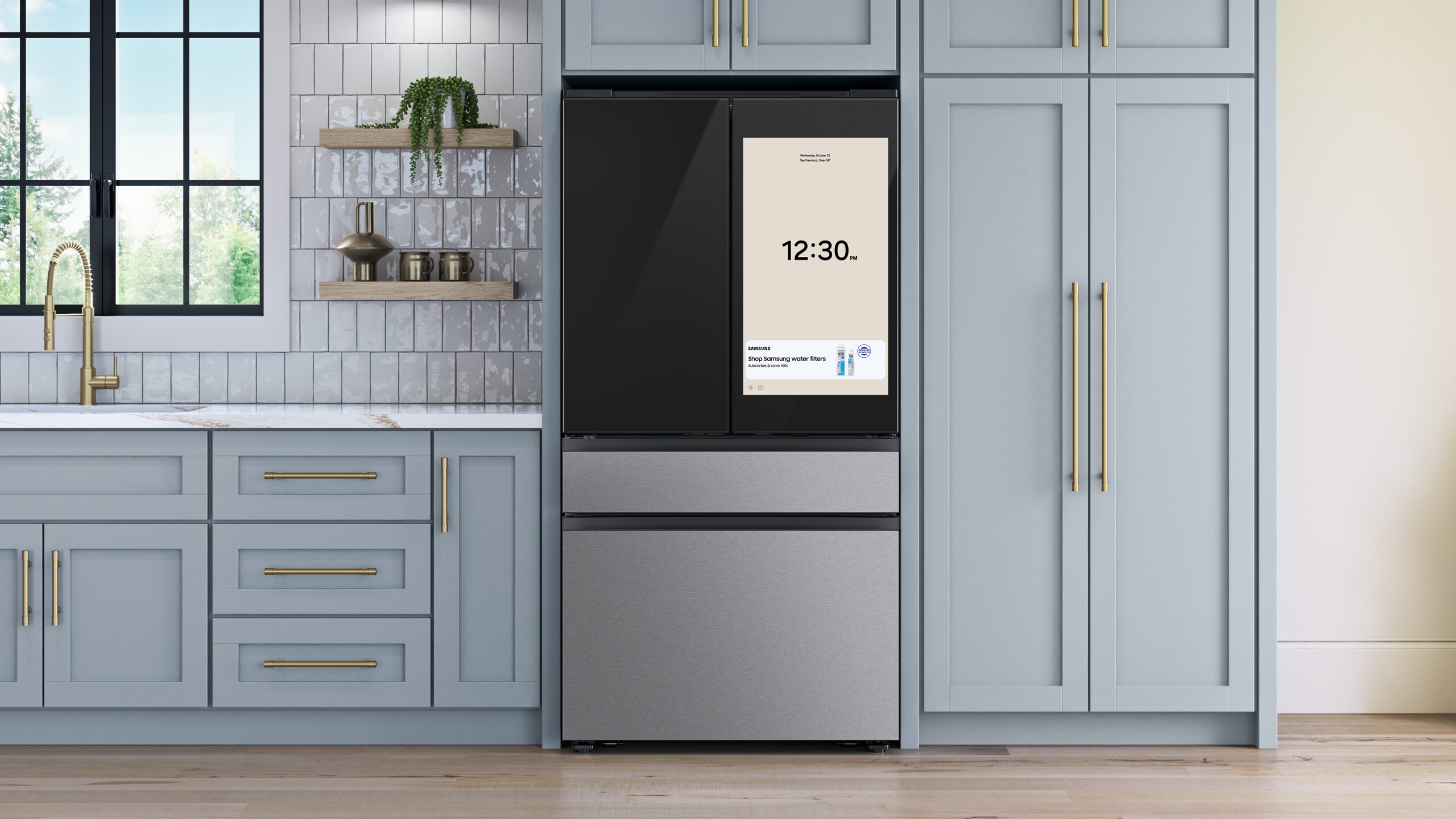
workout app ladder launches nutrition-tracking experience Fitness app Ladder has introduced an innovative nutrition tracking feature that allows users to input their macronutrients by simply snapping a photo of their meals.
workout app ladder launches nutrition-tracking experience
Overview of Ladder’s New Feature
Ladder, a well-known fitness application, has made significant strides in enhancing user experience by launching a new nutrition tracking feature. This feature is designed to simplify the process of logging meals and tracking macronutrient intake. Users can now take a photograph of their food, and the app will automatically analyze the image to provide detailed information about the macronutrients present in the meal. This advancement represents a significant leap forward in the integration of technology within fitness and nutrition management.
How It Works
The new photo-based nutrition tracking feature utilizes advanced image recognition technology and machine learning algorithms to identify food items and calculate their macronutrient content. Users simply need to take a clear photo of their meal, and the app processes the image to extract relevant nutritional information. This includes data on carbohydrates, proteins, and fats, allowing users to maintain a comprehensive overview of their dietary intake.
This feature is particularly beneficial for individuals who may find traditional methods of tracking food intake cumbersome or time-consuming. By streamlining the process, Ladder aims to encourage more users to engage with their nutrition tracking, ultimately supporting their fitness goals.
The Importance of Nutrition Tracking
Nutrition tracking has become an essential component of fitness regimens for many individuals. Understanding macronutrient intake is crucial for achieving specific fitness objectives, whether it be weight loss, muscle gain, or overall health improvement. By keeping a close eye on dietary habits, users can make informed decisions that align with their personal fitness goals.
Benefits of Tracking Macronutrients
- Enhanced Awareness: Tracking macronutrients helps users become more aware of their eating habits, enabling them to identify areas for improvement.
- Goal Alignment: By monitoring intake, users can ensure they are consuming the right balance of nutrients to support their fitness goals.
- Accountability: Regular tracking can foster a sense of accountability, motivating users to stick to their dietary plans.
- Improved Performance: For athletes and fitness enthusiasts, proper nutrition is vital for optimal performance and recovery.
Market Context and Competitors
The introduction of Ladder’s nutrition tracking feature comes at a time when the fitness app market is becoming increasingly competitive. Several other applications, such as MyFitnessPal and Lose It!, have long offered similar features, allowing users to log their meals and track their nutritional intake. However, Ladder’s photo-based approach sets it apart by simplifying the process and making it more accessible to a broader audience.
Comparative Analysis
While traditional nutrition tracking methods often require users to manually input food items or search through extensive databases, Ladder’s new feature eliminates much of this friction. Users can simply take a photo, making it easier to log meals on the go. This could potentially attract users who may have previously been deterred by the tedious nature of manual entry.
Additionally, the integration of machine learning technology allows Ladder to continuously improve its food recognition capabilities. As more users engage with the feature, the app can refine its algorithms, enhancing accuracy and expanding its database of recognized foods.
User Experience and Feedback
Initial feedback from users who have tested the new feature has been largely positive. Many have praised the convenience and ease of use, noting that the photo input method significantly reduces the time and effort required to log meals. This user-centric approach aligns with Ladder’s mission to create a holistic fitness experience that caters to the needs of its community.
Challenges and Considerations
Despite the positive reception, there are challenges that Ladder must address as it rolls out this new feature. One concern is the accuracy of the food recognition technology. While machine learning has come a long way, there may still be instances where the app misidentifies food items or provides inaccurate nutritional information. To mitigate this, Ladder will need to invest in ongoing improvements and user feedback mechanisms to enhance the reliability of the feature.
Another consideration is the privacy of user data. As with any app that collects personal information, users may have concerns about how their data is stored and used. Ladder will need to ensure transparency in its data practices and prioritize user privacy to build trust within its community.
Future Implications for Fitness Technology
The launch of Ladder’s nutrition tracking feature could have broader implications for the fitness technology landscape. As more apps adopt similar capabilities, the industry may see a shift towards more integrated health and wellness solutions that encompass both fitness and nutrition. This could lead to the development of comprehensive platforms that offer personalized fitness plans, nutrition tracking, and even mental wellness resources.
Potential for Integration with Wearable Devices
Moreover, the integration of nutrition tracking with wearable devices presents an exciting opportunity for the future. As fitness trackers and smartwatches continue to gain popularity, the ability to sync nutritional data with physical activity metrics could provide users with a more complete picture of their health. This holistic approach could empower users to make more informed decisions about their lifestyle choices.
Stakeholder Reactions
Reactions from industry stakeholders have been largely supportive of Ladder’s new feature. Fitness trainers, nutritionists, and health coaches have expressed enthusiasm for the potential benefits of simplified nutrition tracking. Many believe that the ease of use will encourage more individuals to take an active role in managing their dietary habits, ultimately leading to healthier lifestyles.
However, some experts caution that while technology can enhance the tracking process, it should not replace the guidance of qualified nutrition professionals. Personalized dietary advice is essential for individuals with specific health conditions or dietary needs, and technology should complement, rather than replace, professional support.
Conclusion
Ladder’s launch of its photo-based nutrition tracking feature marks a significant advancement in the fitness app landscape. By simplifying the process of logging meals and tracking macronutrients, the app aims to empower users to take control of their nutrition and fitness goals. As the market continues to evolve, Ladder’s innovative approach may set a new standard for how fitness and nutrition are integrated within digital platforms. The success of this feature will ultimately depend on user engagement, accuracy, and the app’s ability to adapt to the needs of its community.
Source: Original report
Was this helpful?
Last Modified: October 27, 2025 at 4:38 pm
3 views















